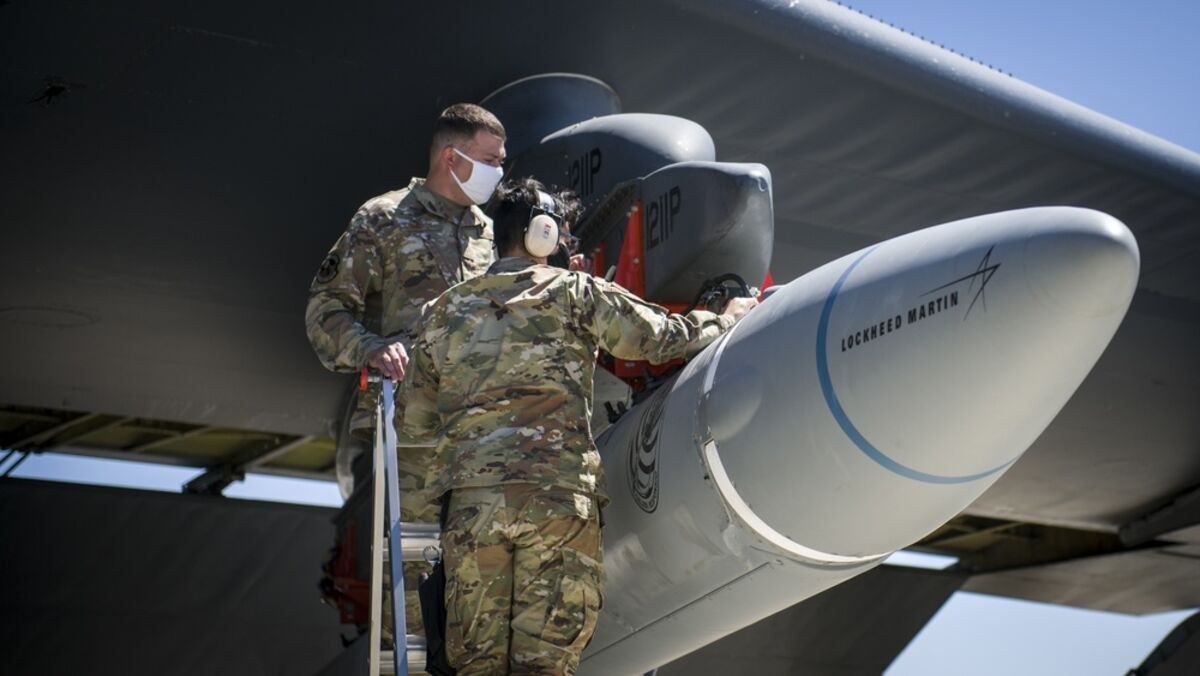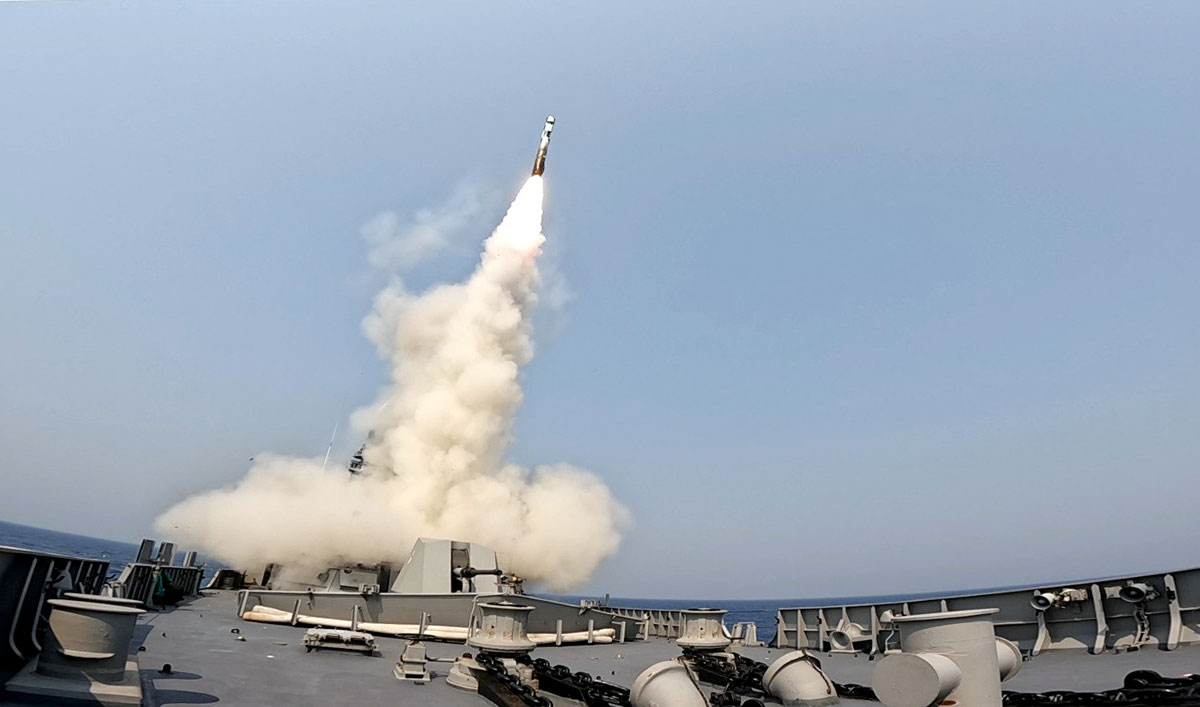Source for the Bhramos being relatively cheaper than other similar missiles?
Are there any similar missiles? It is cheaper now because Indian contribution has gone up when compared to the earlier production lots. Here's one example-
Before Data Patterns developed an indigenous check-out equipment, Brahmos Aerospace was paying a Russian supplier three times what it will now pay the Indian company.
www.rediff.com
How Brahmos Missile Has Become Cheaper
By
Ajai Shukla
April 06, 2023 15:24 IST
Before Data Patterns developed an indigenous check-out equipment, Brahmos Aerospace was paying a Russian supplier three times what it will now pay the Indian company.
IMAGE: The Indian Navy carried out a successful precision strike in the Arabian Sea by a ship-launched BrahMos missile with DRDO-designed Indigenous Seeker and Booster, March 5, 2023. Photograph: ANI Photo
Data Patterns Limited, one of India's fastest-growing and technologically most promising aerospace and defence (A&D) firms, unveiled in Chennai an indigenous BrahMos missile check-out equipment (COE), ready for delivery to BrahMos Aerospace.
Indian firms such as Data Patterns are driving down the price of the BrahMos supersonic cruise missile system by designing and developing indigenous solutions to replace costly foreign parts in the Indo-Russian missile.
Before Data Patterns developed an indigenous COE,
Brahmos Aerospace was paying a Russian supplier three times what it will now pay the Indian company.
"I commend [
Data Patterns] for having delivered mission critical systems on all the programs that they have partnered with us on time. We are proud to be associated with Data Patterns and look forward to a long-standing collaboration," said Atul Rane, who heads the Indo-Russian joint venture BrahMos Aerospace.
"BrahMos is an important customer of Data Patterns. We have always delivered all their requirements on schedule, maintained quality standards, and provided maintenance support, consistently exceeding the uptime requirements.
Indigenous development of the COE by Data Patterns has resulted in a direct cost savings of about 75 per cent in foreign exchange for BrahMos," said Data Patterns chief S Rangarajan.
More like this

Navy Tests Ship-Launched BrahMos Missile

BrahMos In Flight! What A Sight!
The COE that Data Patterns has developed for the BrahMos is a three-bay test system that checks the health and functionality of the missile's electrical sub-systems.
This unit validates the missile's performance through interfacing with its umbilical and maintenance connections.
The shelter mounted COE can test the articles in the field during its life cycle, ensuring readiness for launch at all times, without delay.
The COE has three major subsystems. The first is the main processor unit for the "man machine interface (MMI) such as keyboard, joystick, printer, monitor and external interface for storage media.
The second is an 'input-output sub-system' which interfaces with the missile for carrying out the test.
The third is dedicated to self-control and self-test. The COE is designed for transportability.
"The COE has been deployed by all the three (
armed services) at multiple locations across India today. We are delighted to see Data Patterns, an Indian company, leading the way in this industry," said Rane.
"Before Data Patterns developed an indigenous COE, Brahmos Aerospace was paying a Russian supplier three times what it will now pay the Indian company," Rane added.
BrahMos Aerospace was formed as a joint venture between India's Defence R&D Organisation (DRDO) and Russia's NPO Mashinostroyenia, earlier known as Federal State Unitary Enterprise NPOM of Russia.
The company was established in India on February 12, 1998, through an Inter-Governmental Agreement (IGA), between India and Russia.
The missile system's name -- BrahMos -- represents the fury of India's Brahmaputra and the grace of Russia's Moskva rivers.
The joint venture company, BrahMos Aerospace, was established with an authorised capital of $250 million -- nwith 50.5 per cent coming from the Indian side and 49.5 per cent from the Russian side.
Data Patterns designs and develops electronic hardware, software, firmware, product prototype and carries out testing, validation and verification.
Based in Chennai, Data Patterns employs over 1000 people, and is among the top 500 listed companies in India.
The company works closely with defence public sector undertakings like Hindustan Aeronautics Ltd and Bharat Electronics Ltd, and with organisations involved in defence and space research, such as DRDO and ISRO.







